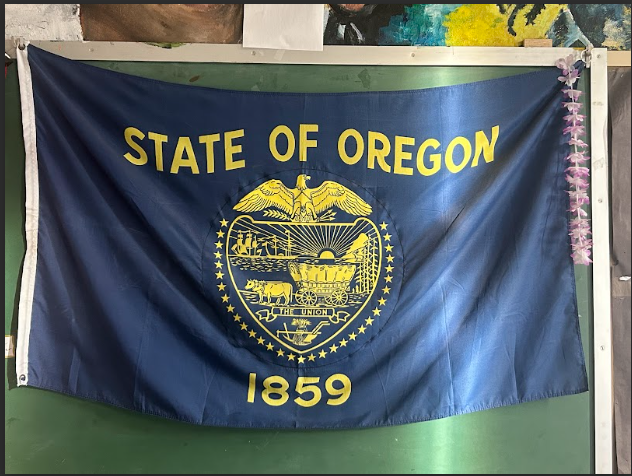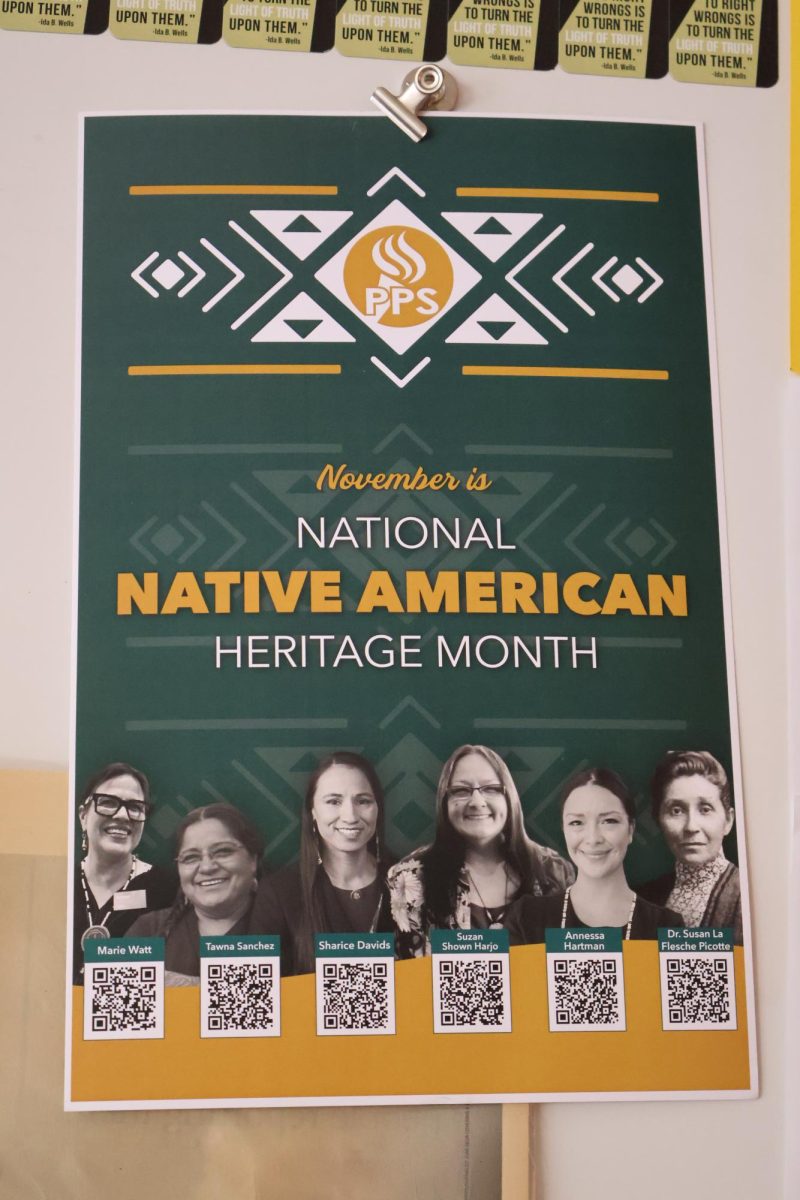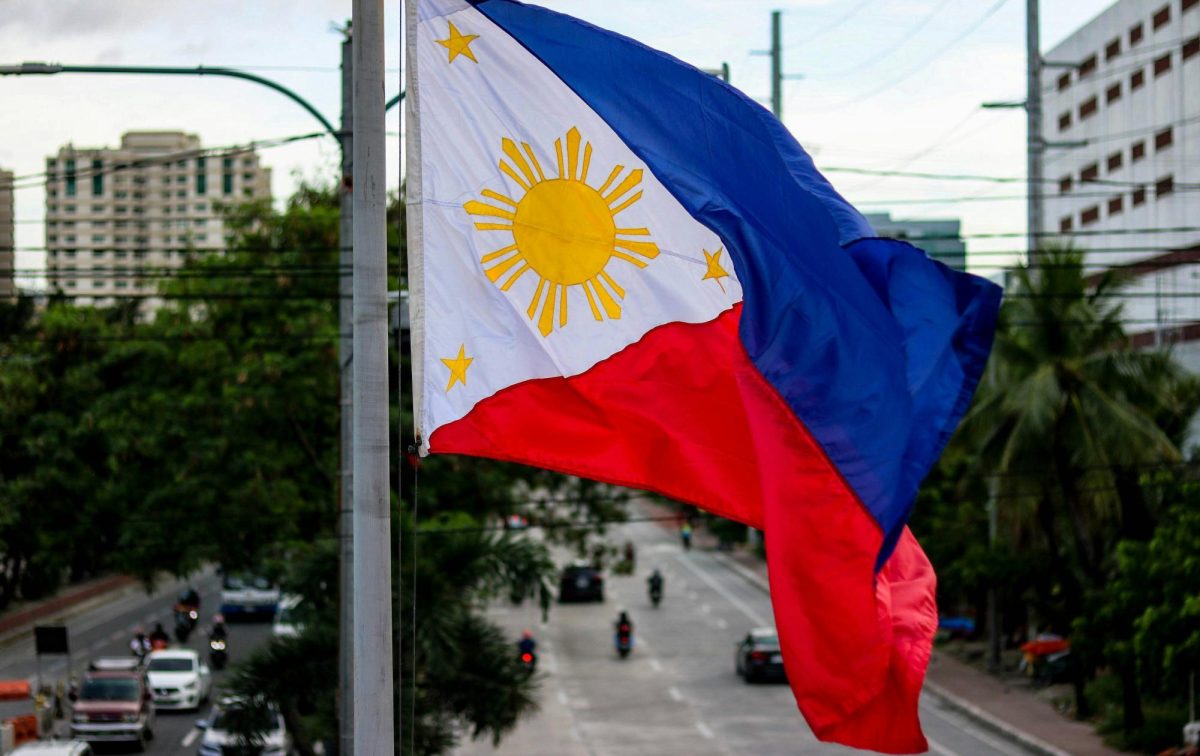February 14 is most often celebrated as Valentine’s Day. However, for Oregonians, this day is more than just time to buy heart shaped chocolates, as Oregon was granted statehood on February 14, 1859. This year Oregon turns 165 years old as the 33 state added to the United States of America. Becoming a state marked a significant moment in Oregon’s complex state history, but it is not as romantic as its birthday date may imply.
Throughout the early 1800s, Oregon territory became an attractive spot for white settlers with its lush resources, and therefore, economic opportunities. By the 1830s, “Oregon fever” had taken over many Americans in the East and Midwest, leading many to follow the Oregon Trail. Along with motivations of westward expansion, and manifest destiny, Oregon became a hotspot, along with many other western states, for white settlement and control.
Due to the need of white settlers to take Oregon under their control and advance it as a “white” state, many legal measures were taken for white settlers to maintain their power, often with the idea of white supremacy in mind. In 1857 (Oregon became an official US territory in 1848), a constitutional convention met in Salem, drafting a constitution banning slavery. However, it also banned African-Americans from gaining citizenship in Oregon. The exclusion laws were the cause of the racial tensions that were highly emphasized in America as the Civil War loomed over the country during this time period. Many white settlers migrated to Oregon to escape the economic competition of those who were enslavers, with many ending up supporting exclusion altogether. White supremacy ideas motivated this as well. In 1859, Oregon became the only state that was granted statehood that included exclusion laws in its constitution.
Seven years after Oregon was admitted as a state, in 1866, State Representative James Gringles proposed a bill to the state legislature that would prohibit marriage between any white person and an African-American, Chinese, Hawaiian or Native American person. This is known as a miscegenation law. Oregon previously had a law banning marriage between a white and an African-American person, but Gringles thought it was not enough. Later Japanese people and people of other minorities would be added to miscegenation laws in Oregon and in other western states.
While not apparent at the surface, these laws were made to protect white supremacy and control over the land. These laws targeted the protection of “white womanhood” by focusing on disallowing a white woman to marry a non-white person, as well as, the protection of white property, which was often forcefully and unfairly taken from the Native Americans of Oregon.
By 1883, most Native Americans were forced onto reservations and the exclusion laws against African-Americans stopped them from moving to Oregon. With most of the land in the hands of white settlers, and railroads connecting Oregon to the rest of the US, agriculture and forestry flourished, creating economic opportunities for many in rural areas. For city life, industrial and manufacturing sectors grew, leading to growth in urban areas as well. Oregon continued to grow and develop throughout the upcoming decades.
However, there is way more history of Oregon than just 165 years worth of time. For centuries prior, since time immemorial, around 125 Native American groups, such as the Chinook, Tillamook, Yamel, Molala, Clackamas, Multnomah, Santiam, Coos, Cayuse, Northern Paiute, Umatilla, Nez Percé, Bannock, Modoc, Klamath, and many more, occupied Oregon country. Most groups focused on seasonal agricultural practices, mostly relying on hunting, gathering and fishing, due to environmental factors. Along with this, all groups created and maintained their ways of life, with each of their own complex and diverse forms of government, cultures, religions/spiritual practices, norms, creation stories and other aspects of society.
Taking a deep dive into learning the history and culture of the Native American groups is a great way to learn about the entire history of Oregon. There are countless creation stories, such as the creation stories of Mt. Hood and Smith Rock (and its surrounding area). These stories and centuries of culture explain how Oregon came to be, and how the people here came to be as well.
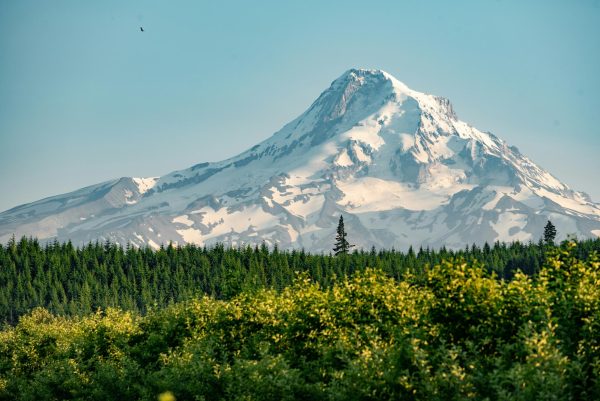
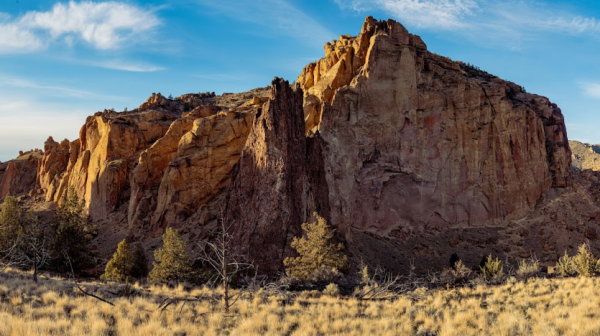
On OPB’s “Broken Treaties” documentary, Bud Lane, a Tribal Council Vice Chairman of the Confederated Tribes of Slietz Indians, said, “How do people think that the state of Oregon got here? How did these counties get here? How did all of these cities get here? Under what legal authority? Under what basis do they exist?”
Independent anthropologist and historian of the Confederated Tribes of the Grand Ronde, David Lewis also said, “You’ve been — [for] ten thousand years — in one place and your culture and your genealogy is a part of that place. You have a better understanding of that place than anybody else. We have learned to live with it — we’re a part of it. The forest, the rivers, the coastline, the mountains — we are a part of all that. Our people are from there. And so everything we do in our culture resonates with that, and that’s important to say. I mean, not a lot of people except for us has that.” Both show the necessity of learning about the Native American experience to understand the entirety of Oregon history and the “why” and “how” of where we are in society.
Although today is a day of celebration of love, for Oregonians, today is also an important day regarding our state’s history. February 14, is a great day not only to learn about the history of Oregon once it became a state but (arguably) more importantly, to learn about the cultures and societies of Native American groups that have been here for centuries longer. As Oregon turns 165, take this Valentine’s Day to rid yourself of rose-colored glasses and educate yourself about the Native American and minority experience in Oregon for a complete and truthful understanding of its history, and therefore, its present and future.
Resources:


